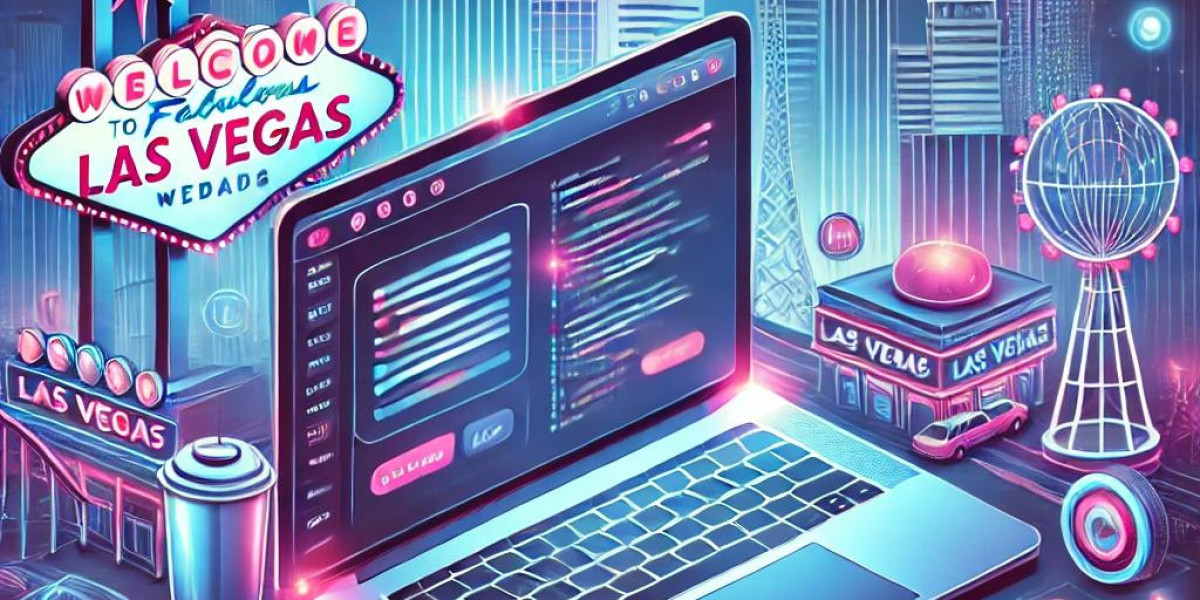In the digital age, where attention spans are shorter than ever, businesses are constantly seeking innovative ways to engage their audiences. One of the most effective strategies emerging in recent years is the investment in immersive website experiences. These experiences leverage advanced technologies to create engaging, interactive environments that captivate users and enhance their overall experience. As more companies recognize the benefits of immersive web design, the trend is rapidly gaining traction. In this article, we will explore the reasons behind this shift and the advantages that immersive websites offer.
Understanding Immersive Websites
Before delving into the reasons for the growing investment in immersive web experiences, it’s essential to define what an immersive website is. An immersive website goes beyond traditional web design by incorporating elements such as 3D graphics, virtual reality (VR), augmented reality (AR), and interactive content. These features create a more engaging environment that allows users to interact with the content in a meaningful way.
For example, an immersive website might allow users to explore a virtual showroom, interact with products in 3D, or experience a brand story through an engaging narrative. This level of interactivity not only captures attention but also encourages users to spend more time on the site, ultimately leading to higher conversion rates.
1. Enhanced User Engagement
One of the primary reasons businesses are investing in immersive websites is the significant boost in user engagement. Traditional websites often present information in a linear format, which can lead to passive consumption. In contrast, immersive web experiences invite users to actively participate, making the experience more memorable.
Interactive Elements: Features such as clickable 3D models, interactive infographics, and gamified content encourage users to explore and engage with the website. This interactivity fosters a deeper connection with the brand and its offerings.
Emotional Connection: Immersive experiences can evoke emotions and create lasting impressions. By telling a compelling story through visuals and interactivity, businesses can connect with their audience on a more personal level.
2. Improved Brand Differentiation
In a crowded marketplace, standing out from the competition is crucial. Immersive websites provide a unique opportunity for brands to differentiate themselves.
Unique Experiences: By offering an immersive web experience, businesses can create a distinctive identity that sets them apart from competitors. This uniqueness can be a significant factor in attracting and retaining customers.
Memorable Branding: When users have a positive and engaging experience on a website, they are more likely to remember the brand. This memorability can lead to increased brand loyalty and repeat visits.
3. Increased Conversion Rates
Investing in immersive web experiences can lead to higher conversion rates, which is a primary goal for most businesses.
Enhanced Product Visualization: For e-commerce sites, immersive experiences allow customers to visualize products in a more realistic way. Features like 3D product views or AR try-ons enable customers to see how a product will look or function in their own environment, reducing uncertainty and increasing the likelihood of purchase.
Streamlined User Journey: Immersive websites can guide users through a more intuitive journey, making it easier for them to find what they’re looking for. By reducing friction in the user experience, businesses can increase the chances of conversion.
4. Adaptation to Changing Consumer Expectations
As technology advances, consumer expectations evolve. Today’s users are accustomed to engaging with high-quality, interactive content across various platforms.
Demand for Interactivity: Users are increasingly seeking interactive experiences that allow them to engage with content in meaningful ways. Immersive websites cater to this demand, providing the level of interactivity that modern consumers expect.
Mobile Compatibility: With the rise of mobile browsing, immersive web experiences are being designed to be mobile-friendly. This adaptability ensures that users can enjoy engaging content regardless of the device they are using.
5. Leveraging Data and Analytics
Another compelling reason for businesses to invest in immersive websites is the ability to gather valuable data and insights.
User Behavior Tracking: Immersive web experiences can provide detailed analytics on user interactions. Businesses can track how users engage with different elements, which can inform future design decisions and marketing strategies.
Personalization Opportunities: By analyzing user data, businesses can create personalized experiences that cater to individual preferences. This level of customization can enhance user satisfaction and drive loyalty.
6. Future-Proofing the Business
As technology continues to evolve, businesses must adapt to stay relevant. Investing in immersive web experiences is a proactive approach to future-proofing a brand.
Staying Ahead of Trends: By embracing immersive technologies now, businesses position themselves as innovators in their industry. This forward-thinking approach can attract tech-savvy consumers and enhance brand reputation.
Scalability: Immersive web experiences can be easily updated and scaled as new technologies emerge. This flexibility allows businesses to remain competitive and responsive to changing market demands.
Conclusion
The investment in immersive website experiences is not just a passing trend; it represents a fundamental shift in how businesses engage with their audiences. By enhancing user engagement, improving brand differentiation, increasing conversion rates, and adapting to changing consumer expectations, immersive web experiences offer a wealth of benefits. As technology continues to advance, businesses that embrace these innovations will be better positioned to thrive in the digital landscape. Ultimately, immersive websites are not just about aesthetics; they are about creating meaningful connections with users that drive loyalty and success.
What People Also Ask
What is an immersive website?
An immersive website is a digital platform that incorporates interactive elements, 3D graphics, virtual reality, and augmented reality to create engaging and interactive experiences for users.
How do immersive websites enhance user engagement?
Immersive websites enhance user engagement by inviting users to actively participate in the content through interactive features, emotional storytelling, and unique experiences that capture attention.
Why are businesses investing in immersive web experiences?
Businesses are investing in immersive web experiences to differentiate themselves from competitors, increase conversion rates, adapt to changing consumer expectations, and leverage data for personalized marketing.
Can immersive websites improve conversion rates?
Yes, immersive websites can improve conversion rates by providing enhanced product visualization, streamlining the user journey, and creating engaging experiences that encourage users to make purchases.
How can I create an immersive website for my business?
To create an immersive website, consider incorporating interactive elements, high-quality visuals, and storytelling techniques. Additionally, ensure that the website is mobile-friendly and optimized for user engagement.



